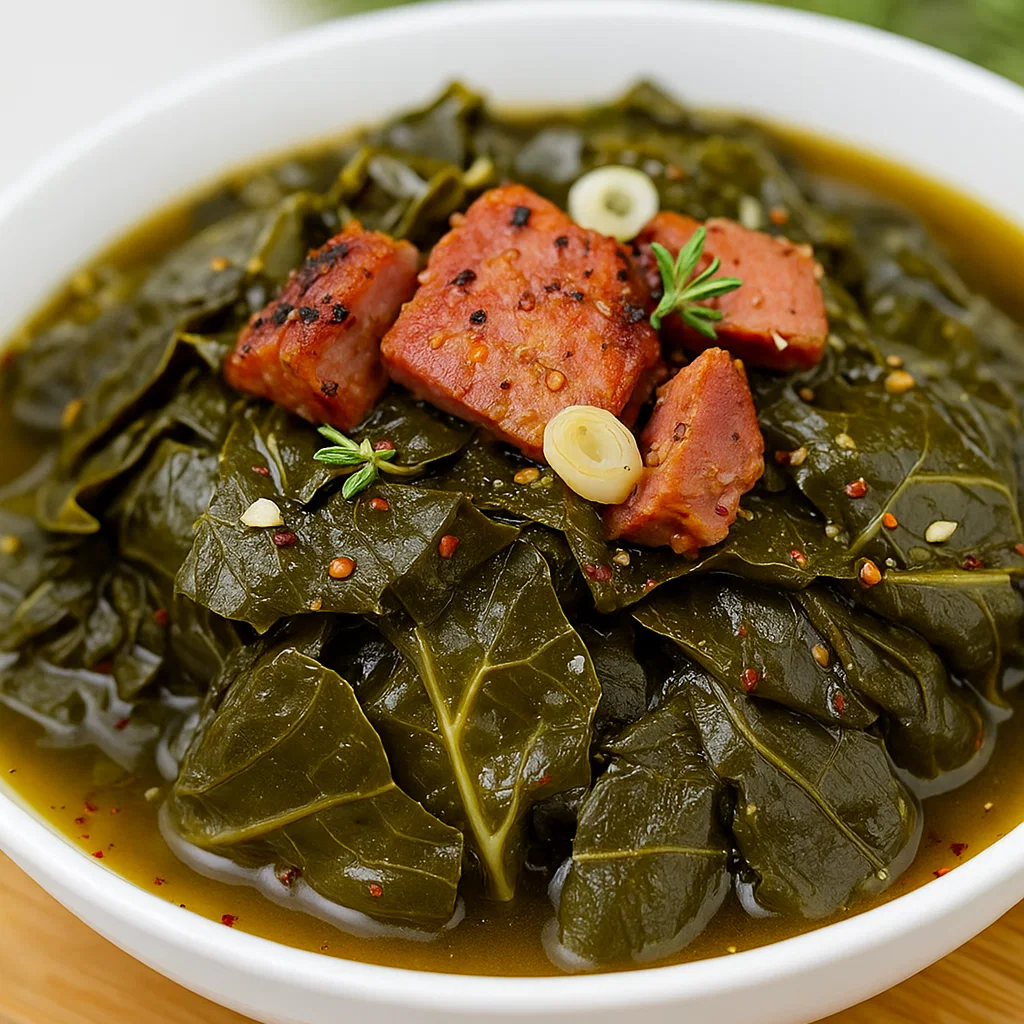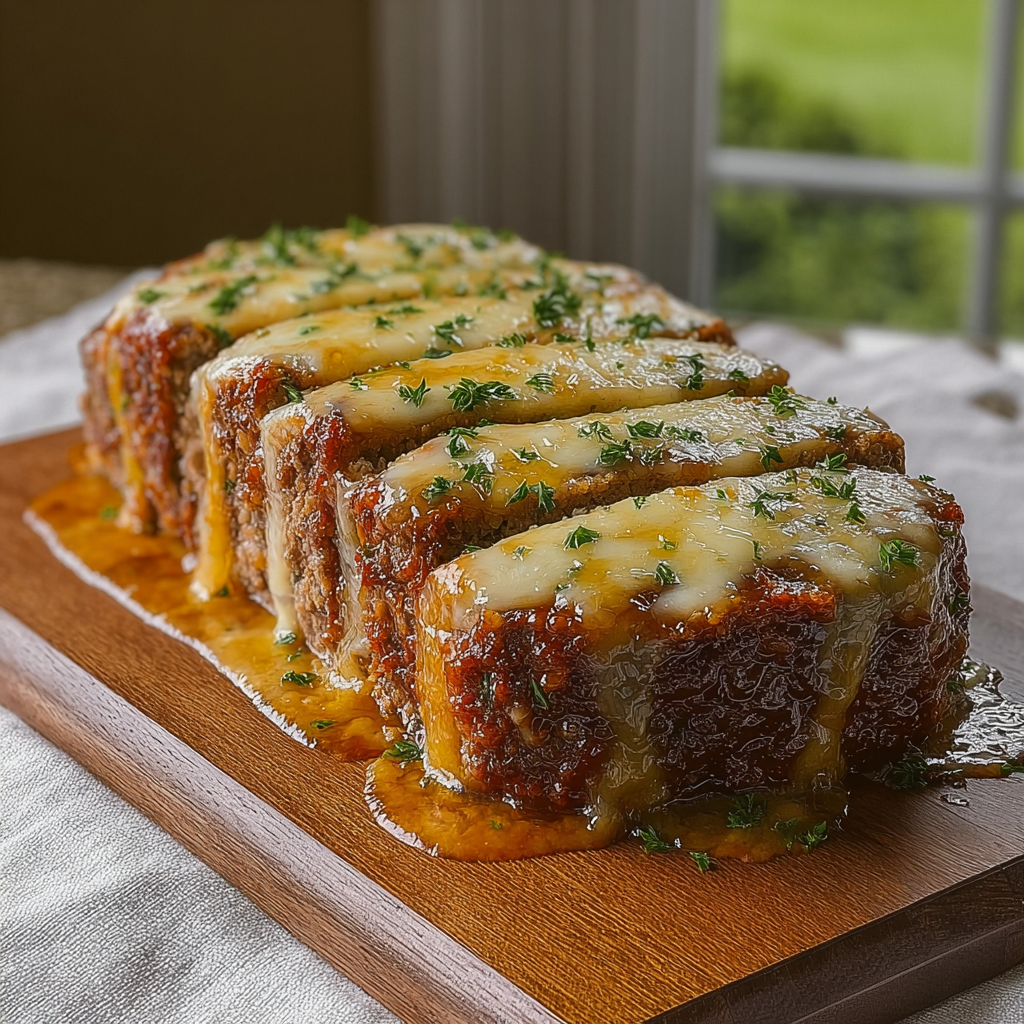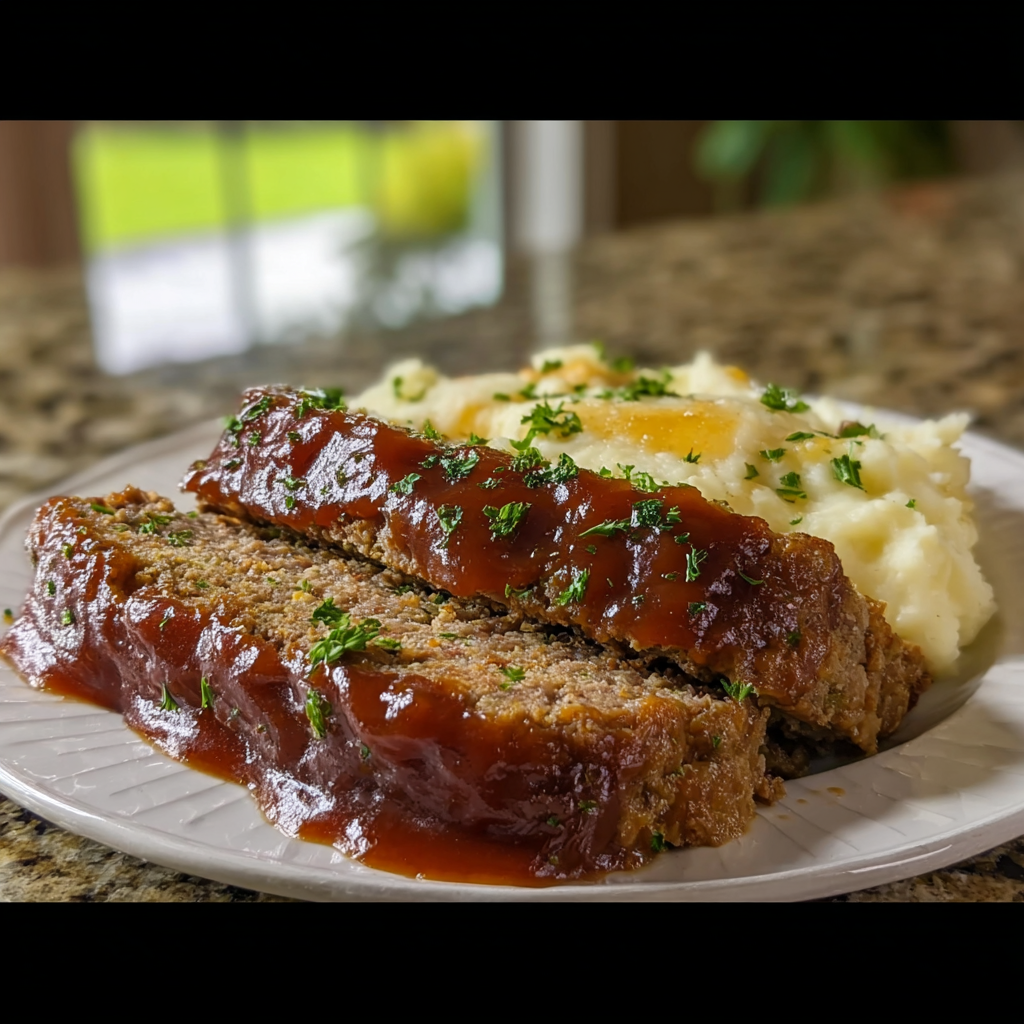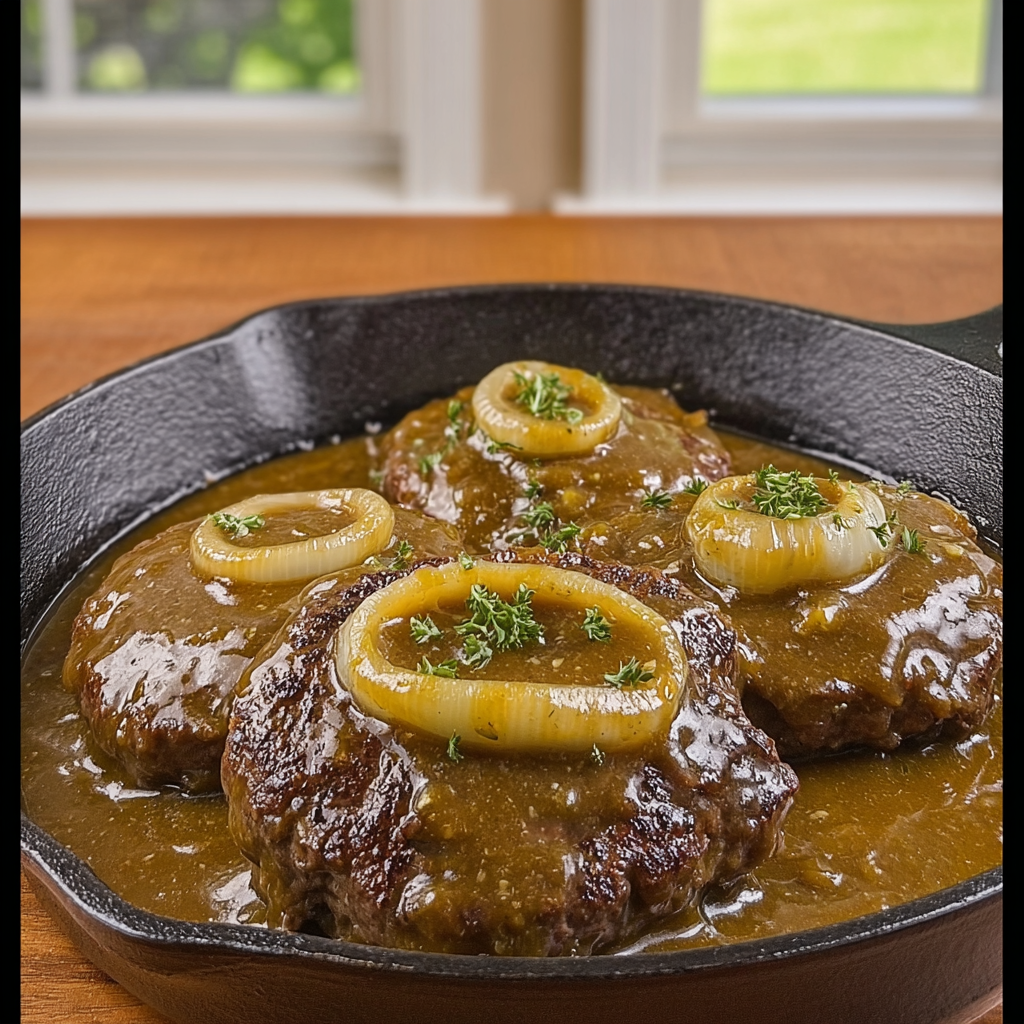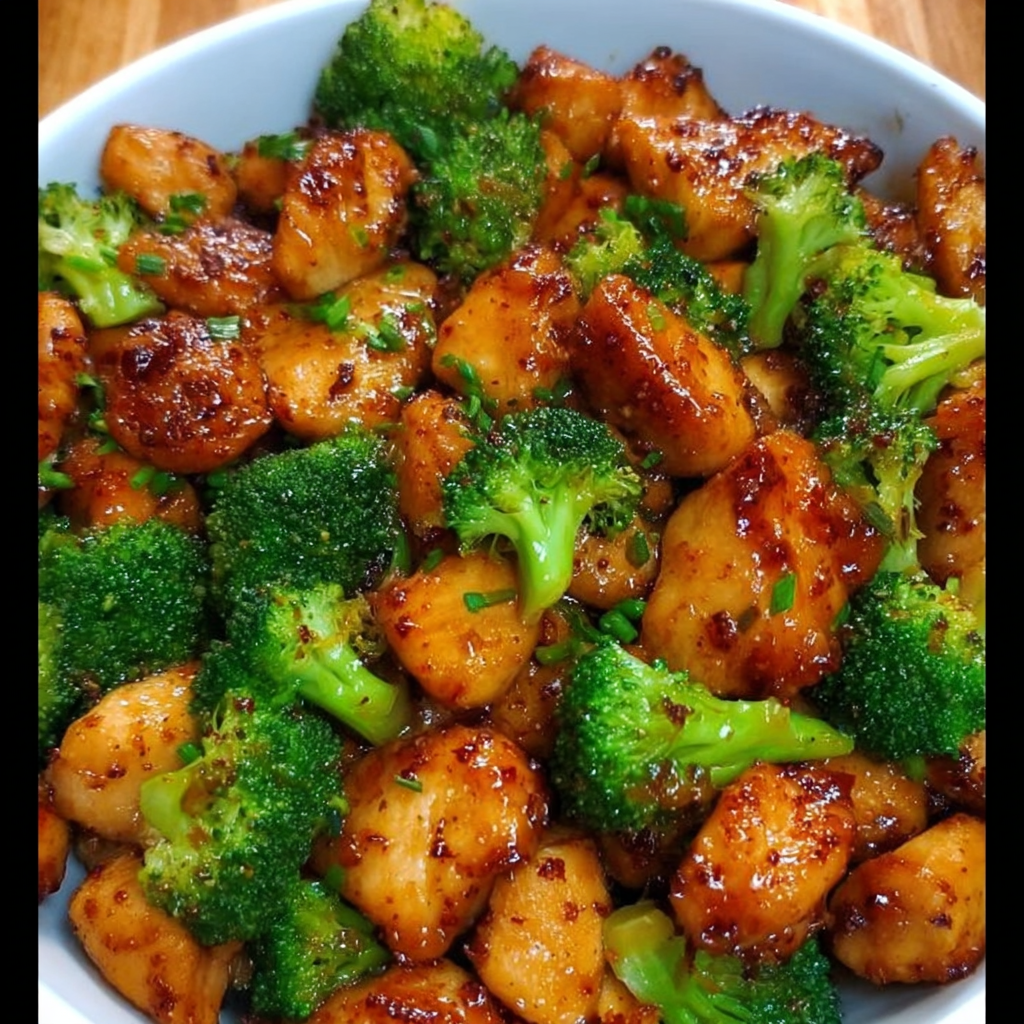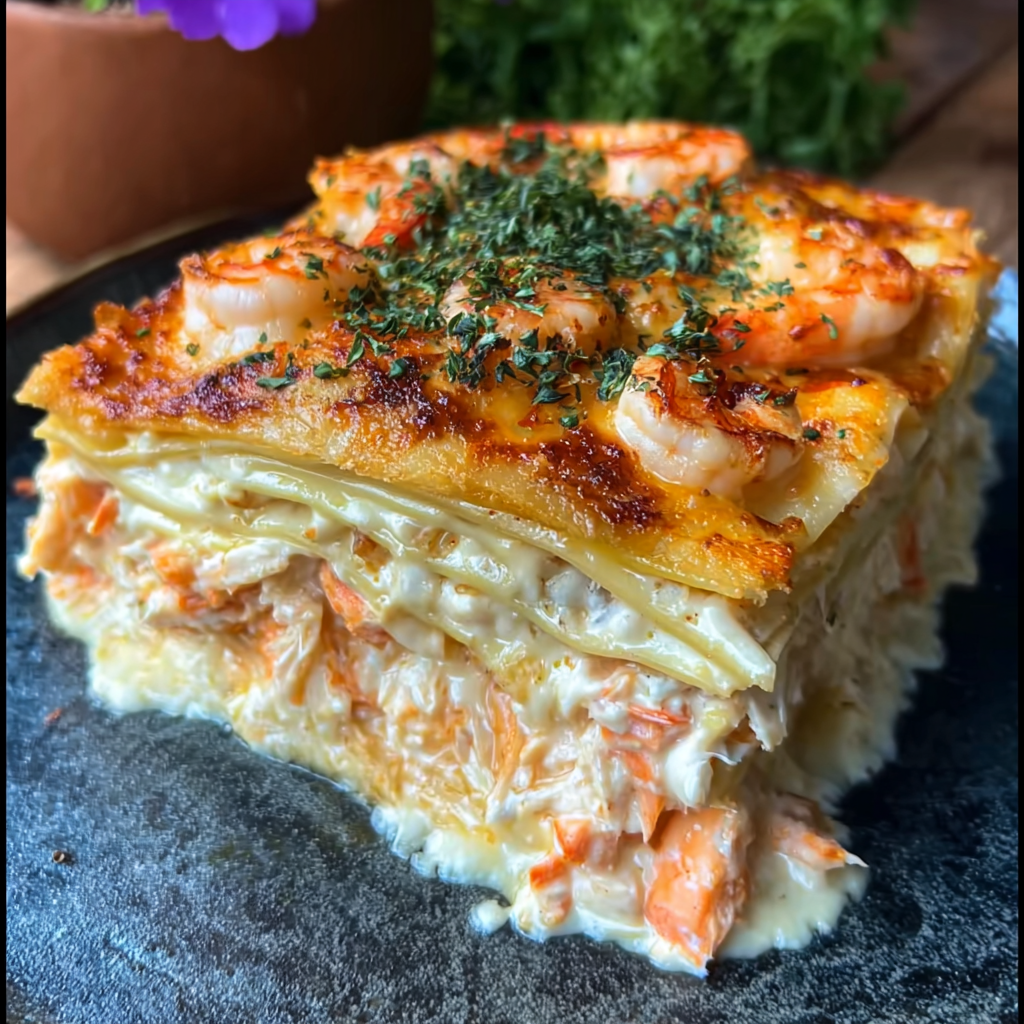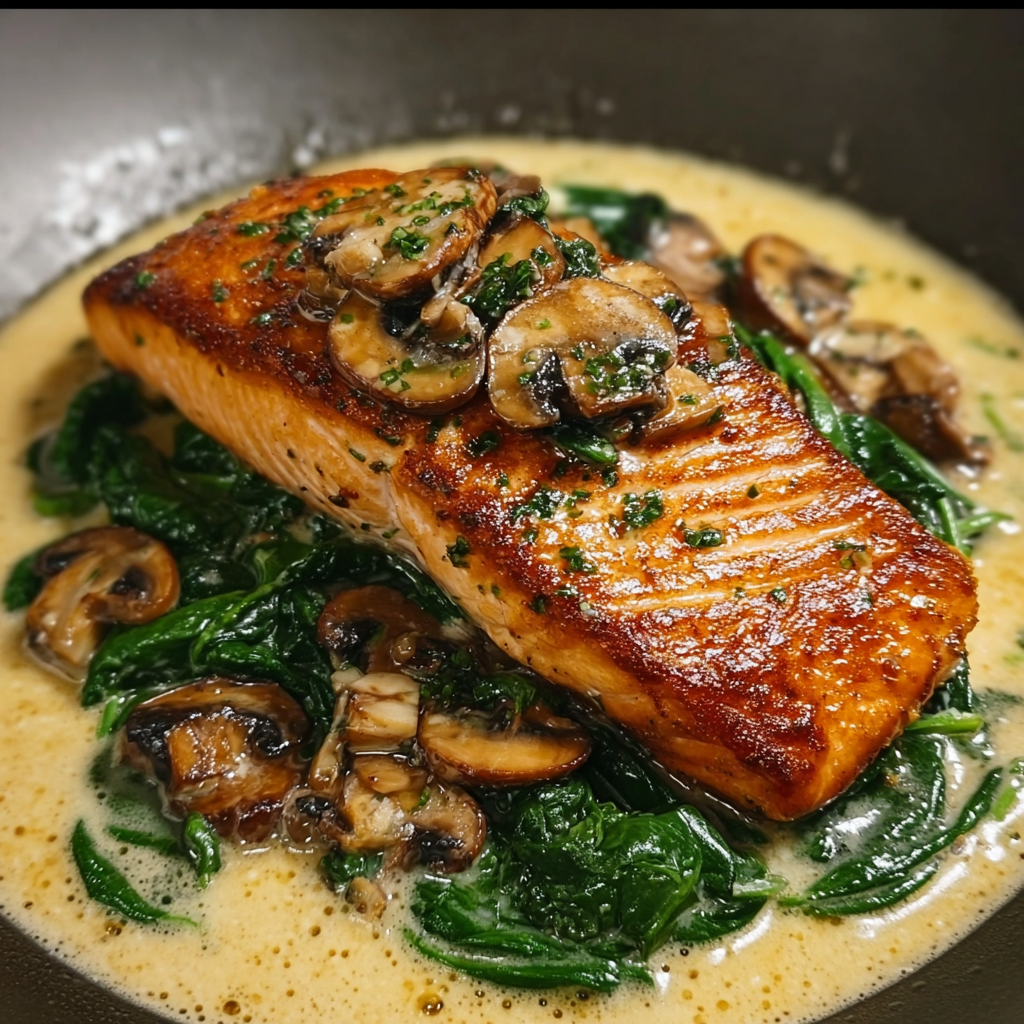Prep Time: 30 minutes | Cook Time: 2 hours | Total Time: 2 hours 30 minutes | Serves: 8-10
Why These Southern Collard Greens Will Transport You to the Heart of the South
There’s something deeply sacred about a perfectly prepared pot of Southern collard greens that goes far beyond mere sustenance. This isn’t just a side dish – it’s a culinary cornerstone of Southern heritage that carries within it generations of tradition, love, and the kind of soul-satisfying comfort that only comes from food prepared with patience and respect for time-honored techniques.
What makes authentic Southern collard greens so extraordinary is the magical transformation that occurs during the long, slow cooking process. Those tough, somewhat bitter raw leaves surrender to gentle heat and aromatic seasonings, becoming silky, flavorful, and infused with the smoky essence of carefully chosen meats. The pot liquor – that precious cooking liquid left behind – becomes liquid gold, rich with nutrients and flavor that Southern cooks have treasured for centuries.
I learned to make proper Southern collard greens from my neighbor Miss Ruby, whose grandmother was born into slavery in Georgia and passed down cooking secrets that couldn’t be found in any cookbook. Watching her hands work through the leaves, seeing her taste and adjust by instinct rather than measurement, taught me that great Southern collard greens aren’t just about following a recipe – they’re about understanding the rhythm and soul of Southern cooking.
The beauty of traditional Southern collard greens lies in their humble perfection. With just a handful of simple ingredients and the gift of time, you can create something that embodies the essence of Southern hospitality and nourishes both body and spirit. These aren’t quick weeknight collard greens – they’re Sunday dinner collard greens that deserve the same respect and attention as any treasured family heirloom.
Ingredients
For the Meat Base:
- 1 large smoked ham hock (about 1-2 pounds)
- 6 strips thick-cut bacon, chopped into 1-inch pieces
- ½ pound smoked turkey wing (optional, for additional depth)
For the Greens Foundation:
- 3-4 pounds fresh collard greens (about 3 large bunches)
- 1 large yellow onion, diced
- 4 cloves garlic, minced
- 8-10 cups water (enough to cover generously)
For the Seasoning Blend:
- 2 tablespoons apple cider vinegar
- 1 tablespoon brown sugar
- 2 teaspoons salt (adjust to taste)
- 1 teaspoon black pepper, freshly ground
- ½ teaspoon red pepper flakes (adjust for heat preference)
- 1 bay leaf
For Finishing:
- 1 tablespoon butter (optional, for richness)
- Hot sauce for serving
- Additional apple cider vinegar for serving
The Art of Perfect Southern Collard Greens: Understanding the Foundation
Selecting the Right Collard Greens
The success of your Southern collard greens begins at the market or garden with choosing the right leaves. Look for large, dark green collards with thick, sturdy leaves that show no signs of yellowing or wilting. The best collard greens for Southern cooking are mature leaves that can withstand long cooking without falling apart completely.
Avoid baby collard greens or tender young leaves for traditional Southern collard greens – they lack the structure and slightly bitter complexity that makes this dish so satisfying. The mature leaves have more substance and develop better texture during the extended cooking process that defines authentic Southern collard greens.
Fresh collard greens should feel heavy and substantial in your hands, with leaves that snap crisply rather than bend limply. If you’re fortunate enough to have access to collard greens that have been kissed by frost, even better – cold weather sweetens the leaves naturally and reduces any harsh bitterness.
Understanding the Meat Component
The smoky meat component is absolutely essential to authentic Southern collard greens – it’s not just for flavor, but for the rendered fat and collagen that create the silky, rich pot liquor that makes this dish so special. A good ham hock provides both smokiness and the gelatinous richness that gives Southern collard greens their characteristic mouthfeel.
Bacon adds another layer of smoky flavor and provides fat for sautéing the aromatics. Choose thick-cut, quality bacon for your Southern collard greens – thin bacon will overcook and become bitter during the long cooking process.
Some cooks add smoked turkey wings to their Southern collard greens for additional depth and a slightly different flavor profile. This combination of meats creates complexity that makes each bite interesting and satisfying.
The Critical Role of Time and Patience
Traditional Southern collard greens cannot be rushed. The long, slow cooking process is what transforms tough leaves into silky, flavorful greens while developing the rich pot liquor that’s half the reason for making this dish. Plan for at least 2 hours of gentle simmering for proper Southern collard greens.
During this extended cooking time, the collagen in the meat breaks down, the natural sugars in the onions caramelize, and the collard greens absorb all the smoky, savory flavors while releasing their own earthy essence into the cooking liquid. This is alchemy that can’t be replicated with high heat or shortcuts.
Step-by-Step Instructions for Southern Collard Greens Mastery
Step 1: Prepare the Collard Greens with Care and Respect
Begin your Southern collard greens by thoroughly washing the leaves in cool water. Collard greens can harbor sand and grit, so fill a large bowl or clean sink with water and swish the leaves vigorously, checking the bottom for settled sediment. Repeat this process until the water runs completely clear.
Remove the thick stems from each collard green leaf by folding the leaf in half along the stem and pulling the stem away. The stems are too tough for Southern collard greens and would create unpleasant texture in the finished dish.
Stack 6-8 cleaned leaves at a time and roll them tightly like a cigar. Using a sharp knife, slice these rolls into ½-inch ribbons. This technique, called chiffonade, creates uniform pieces that cook evenly and are easy to eat in your finished Southern collard greens.
Continue this process until all your collard greens are cleaned and chopped. Don’t be alarmed by the enormous volume – they’ll cook down significantly during the long simmering process that makes Southern collard greens so tender and flavorful.
Step 2: Build the Smoky Foundation
Place the chopped bacon in a large, heavy-bottomed pot or Dutch oven over medium heat. Cook slowly, stirring occasionally, until the bacon is crispy and has rendered most of its fat. This rendered bacon fat is crucial for authentic Southern collard greens.
Add the diced onion to the bacon and rendered fat, cooking until the onion becomes translucent and begins to caramelize slightly, about 5-7 minutes. The combination of bacon fat and caramelized onions creates the flavor foundation that makes Southern collard greens so irresistible.
Add the minced garlic and cook for another minute until fragrant. Be careful not to burn the garlic, as it will add unwanted bitterness to your Southern collard greens. The aromatics should smell rich and appetizing at this stage.
Step 3: Create the Perfect Cooking Liquid
Add the ham hock (and turkey wing if using) to the pot with the bacon and aromatics. Pour in enough water to cover the ham hock by about 2 inches – this will be the cooking liquid for your Southern collard greens.
Bring the liquid to a boil, then reduce heat to maintain a gentle simmer. Skim any foam or impurities that rise to the surface during the first 15 minutes of cooking. This creates a cleaner, clearer pot liquor for your Southern collard greens.
Let the meat simmer for 45 minutes to 1 hour before adding the collard greens. This pre-cooking allows the meat to begin breaking down and infuses the cooking liquid with smoky flavor that will penetrate every leaf of your Southern collard greens.
Step 4: Add the Collard Greens with Proper Technique
Add the chopped collard greens to the pot in batches, stirring after each addition to help them wilt down and fit in the pot. Don’t worry if it seems overcrowded initially – the Southern collard greens will reduce dramatically as they cook.
Once all the collard greens are added and have wilted enough to be completely submerged, add the bay leaf, salt, pepper, and red pepper flakes. The liquid should cover the greens by about an inch – add more water if necessary.
Bring the pot back to a gentle simmer, then reduce heat to low. The Southern collard greens should cook at a lazy bubble, not a vigorous boil, which would make them tough and break them down too much.
Step 5: Master the Art of Long, Slow Cooking
Cover the pot and let your Southern collard greens simmer gently for 1½ to 2 hours, stirring every 30 minutes or so. The greens are done when they’re very tender and have taken on a dark, rich color from the cooking liquid.
During the cooking process, taste the pot liquor occasionally and adjust seasoning as needed. Southern collard greens should be well-seasoned but not overpowering – the flavors should be balanced and harmonious.
About 30 minutes before the end of cooking, add the brown sugar and apple cider vinegar to your Southern collard greens. The sugar balances any remaining bitterness, while the vinegar adds brightness and helps cut through the richness of the meat.
Step 6: Perfect the Final Seasoning and Texture
Remove the ham hock and turkey wing from the pot and let them cool slightly. When cool enough to handle, remove any meat from the bones, discarding skin, fat, and bones. Shred the meat and return it to the Southern collard greens.
Taste your Southern collard greens and adjust seasoning as needed. You might want more salt, pepper, vinegar, or even a touch more brown sugar. The flavor should be complex – smoky, slightly sweet, with a hint of acidity and gentle heat.
If desired, stir in a tablespoon of butter for extra richness and gloss. This is optional but adds a beautiful finish to your Southern collard greens that many traditional cooks swear by.
Remove the bay leaf before serving. Your Southern collard greens should be tender, flavorful, and swimming in rich, aromatic pot liquor that’s nearly as prized as the greens themselves.
Pro Tips for Southern Collard Greens Excellence
The Importance of Pot Liquor: Never discard the cooking liquid from your Southern collard greens. This nutrient-rich “pot liquor” is traditionally served alongside the greens and is often sopped up with cornbread. It’s liquid gold in Southern cuisine.
Seasoning in Stages: Add salt gradually throughout the cooking process rather than all at once. The ham hock and bacon will contribute saltiness, so taste as you go to avoid over-seasoning your Southern collard greens.
Testing for Doneness: Properly cooked Southern collard greens should be very tender but not mushy. They should hold together when lifted with a fork but offer no resistance when bitten.
Make-Ahead Benefits: Southern collard greens actually improve in flavor when made a day ahead. The flavors continue to develop and meld, making next-day Southern collard greens even more delicious than when first cooked.
Regional Variations and Personal Touches
Virginia-Style Southern Collard Greens: Some Virginia cooks add a splash of bourbon or whiskey to their collard greens during the last hour of cooking for additional complexity and depth.
Georgia Traditional: Georgia cooks often include a whole hot pepper (like a jalapeño or serrano) added whole to the pot for gentle heat that can be removed before serving.
Carolina Country Style: Some Carolina recipes include diced tomatoes or a splash of tomato juice, which adds acidity and a slightly different flavor profile to the Southern collard greens.
Modern Adaptations: While purists might object, some contemporary cooks add smoked paprika or liquid smoke for additional smoky flavor, especially when using leaner meats.
Perfect Pairings: Complete Your Southern Feast
Traditional Southern collard greens pair beautifully with classic soul food dishes that complement their rich, smoky flavors while providing textural and flavor contrast to create a complete, satisfying meal.
Discover More Authentic Southern Recipes
Ready to create the perfect Southern feast around your collard greens? Explore these delicious recipe collections:
- Perfect Sides – Find cornbread, mac and cheese, and other classic Southern sides that complete the collard greens experience
- Hearty Main Dishes – Discover fried chicken, pork chops, and other mains that pair beautifully with collard greens
- Dinner Delights – Explore complete Southern dinner ideas that showcase traditional flavor combinations
- Breakfast Favorites – Find Southern breakfast dishes like grits and biscuits that use similar cooking techniques
- Refreshing Beverages – Discover sweet tea and other traditional Southern drinks that complement rich, savory dishes
Serving Suggestions and Traditional Accompaniments
Serve your Southern collard greens in deep bowls with plenty of the precious pot liquor. Provide spoons as well as forks – the pot liquor is meant to be enjoyed, not left behind.
Traditional accompaniments for Southern collard greens include hot cornbread for sopping up pot liquor, and many families serve them alongside other Southern staples like fried chicken, candied sweet potatoes, and black-eyed peas for a complete soul food feast.
Always have hot sauce and additional apple cider vinegar available at the table. Many Southern diners like to add extra vinegar to their individual portions of collard greens, and hot sauce allows for personal heat adjustment.
Storage and Reheating Your Southern Collard Greens
Store leftover Southern collard greens in the refrigerator for up to 5 days in airtight containers. The flavors actually improve with time, making day-old Southern collard greens a prized leftover in many Southern households.
To reheat, warm gently on the stovetop over low heat, adding a splash of water or broth if needed to maintain the proper consistency. Avoid microwaving if possible, as it can make the texture uneven and doesn’t heat the pot liquor properly.
Southern collard greens also freeze well for up to 3 months. Thaw overnight in the refrigerator and reheat gently on the stovetop, adjusting seasoning as needed after reheating.
The Cultural Heritage of Southern Collard Greens
Understanding the deep cultural significance of Southern collard greens adds reverence to the cooking process. This dish has roots in both African culinary traditions brought by enslaved people and European cooking techniques, creating a uniquely American food that embodies resilience, creativity, and cultural fusion.
For many Southern families, collard greens represent more than food – they’re a connection to ancestry, a symbol of making something beautiful from humble ingredients, and a reminder of the importance of patience and care in cooking. The tradition of eating collard greens on New Year’s Day for good luck continues to bring families together around this beloved dish.
The communal nature of preparing Southern collard greens – from cleaning the leaves together to sharing the pot liquor – reinforces family bonds and passes down both recipes and traditions from one generation to the next.
Nutritional Benefits of Southern Collard Greens
Beyond their incredible flavor, Southern collard greens provide exceptional nutritional value. Collard greens are packed with vitamins A, C, and K, plus calcium, iron, and fiber. The long cooking process actually makes some nutrients more bioavailable while maintaining others.
The pot liquor from Southern collard greens contains many of the water-soluble vitamins and minerals that leach from the greens during cooking, making it both flavorful and nutritious. This is why traditional Southern cooks insist on serving and consuming the cooking liquid.
While the meat component adds calories and fat, it also provides protein and makes the dish more satisfying and substantial, turning Southern collard greens from a simple side dish into something that can anchor a meal.
Troubleshooting Common Issues
Bitter Collard Greens: If your Southern collard greens taste bitter, add a bit more brown sugar or cook them longer. Very fresh, young greens are sometimes more bitter and benefit from extended cooking time.
Tough Texture: Undercooking is the most common cause of tough Southern collard greens. They need the full 2 hours of gentle simmering to become properly tender.
Bland Flavor: This usually indicates insufficient seasoning or not enough cooking time for flavors to develop. Don’t be afraid to season generously, and remember that Southern collard greens improve with time.
Too Salty: If your Southern collard greens become too salty, add diced potatoes during the last 30 minutes of cooking to absorb excess salt, then remove them before serving.
Why Southern Collard Greens Create Food Memories
There’s something profoundly satisfying about preparing a dish that connects you to generations of Southern cooks who understood that great food requires patience, respect for ingredients, and attention to tradition. Southern collard greens embody these principles while creating the kind of soul-warming comfort that makes ordinary meals memorable.
The process of making authentic Southern collard greens – from carefully cleaning each leaf to tending the pot during long, slow cooking – becomes a meditation on the values of patience and care that define the best of Southern hospitality.
Whether you’re making Southern collard greens for a holiday feast, Sunday dinner, or just because you want to connect with culinary tradition, you’re participating in a ritual that has nourished and comforted families for generations.
Ready to master this cornerstone of Southern cuisine? These traditional Southern collard greens are about to become your most treasured recipe for bringing authentic soul food comfort to your table.

